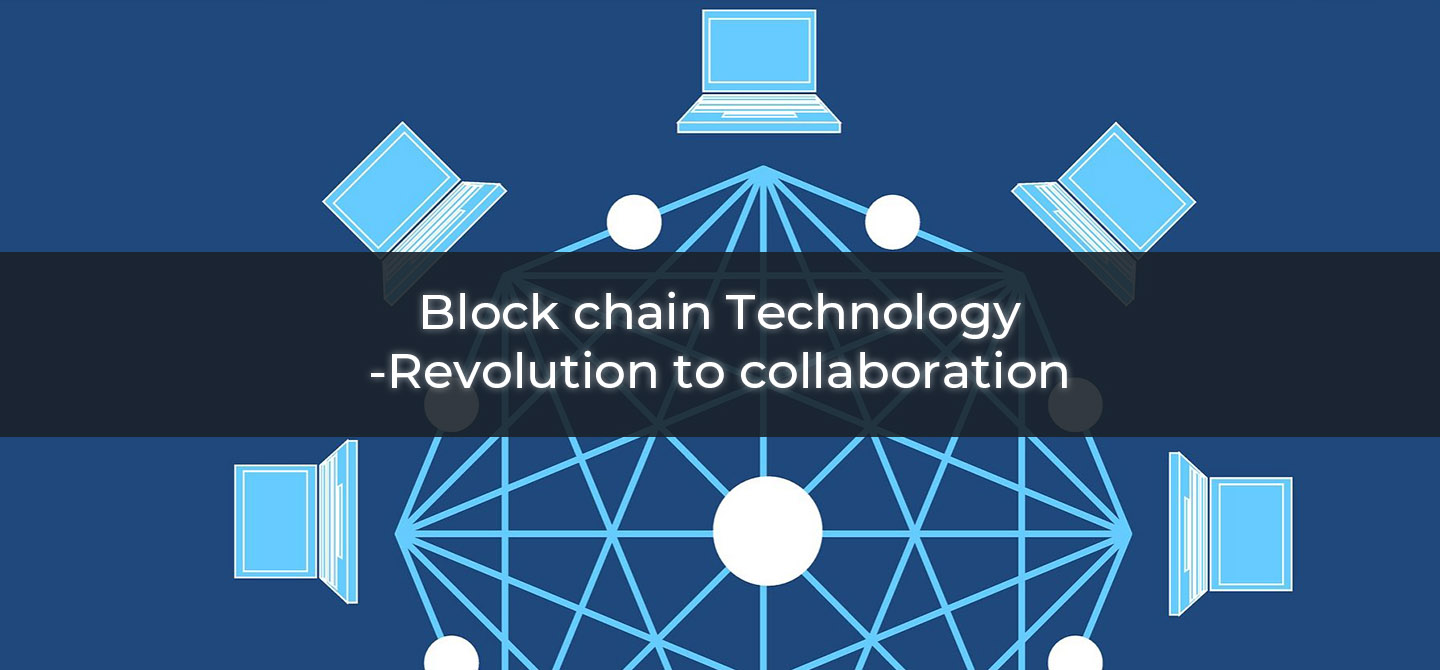Block chain Technology- Revolution to collaboration
Blockchain- digital ledger
Blockchain technology is most simply defined as a decentralized, distributed ledger that records the provenance of a digital asset. By inherent design, the data on a blockchain is unable to be modified, which makes it a legitimate disruptor for industries like payments, cybersecurity, and healthcare. A suite of distributed ledger technologies that can be programmed to record and track anything of value, from financial transactions, medical records, and even land titles.
Blockchain technology is a secured system of recording and storing information in a way that makes it difficult or impossible to change, hack, or cheat the system. Each block in the chain holds several transactions, and whenever a new transaction takes place on the blockchain, a new record of that transaction is added to every participant’s ledger.
Distributed Ledger Technology (DLT)
DLT- dispersed database management
The dispersed database managed by multiple participants is known as Distributed Ledger Technology (DLT). Block chain is a type of DLT, where transactions are stored with a fixed cryptographic signature called a hash. Following are the properties of Distributed Ledger Technology:
- Smart contracts- a block chain is programmable
- Secure- all the records and transactions are encrypted
- Anonymous- the name of the participants is either anonymous or pseudonymous
- Distribution- all network participants have a copy of the ledger for complete transparency
- Immutable- the records and transactions are irreversible and cannot be changed
- Unanimous- all the network participants agree to the validity of each of the records
- Marked with a timestamp- all transaction times are recorded on a block
Tracks and stores data
A secure way to track and store your data
Blockchain stores information in groups, called blocks that are linked together in a chronological order to form a continuous line, i.e. a chain of blocks. When you make changes to the information stored in a particular block, it is stored in a new block, showing the changes with a particular date and time. For example; let’s say there’s a dispute between a Manager at a training institute in Thimphu, with an employer, claiming that she didn’t get her salary for the last two months.
Since blockchain technology uses the ledger method, the institute has the entry of the course of digital marketing training in Thimphu, that they provide, the list of their employees, and even their payment records. The ledger will display every payment made to her, represented by a new entry in the ledger along with the date and time.
Blockchain technology is based on the centuries-old method of the general financial ledger. It’s a non-destructive way to track data changes over time, but unlike the age-old ledger method, blockchain was designed to be decentralized and distributed across a larger network of computers. This decentralizing of information reduces the chance of data tampering and creates trust in the data.
What happens before a block can be added to the chain?
Block chain process
- First, a cryptographic puzzle must be solved, thus creating the block.
- The computer that solves the puzzle and shares the solution with all the other computers on the network. This is called proof-of-work.
- The network will then verify this proof-of-work and, if correct, the block will be added to the chain.
The combination of these complex processes and verification by many computers ensures that we can trust every block on the chain, allowing us to interact directly with our data in real-time.
No more intermediaries
Intermediaries are replaced by blockchain technology
Usually, when we do business with one another, we don’t show the other party the details of the finances of a business. We rely on intermediaries that we trust, such as lawyer agents or banks, to go through our records, but this step includes more time and money. Like in the earlier example, since the payment information was stored in a blockchain, the institute could cut out the middleman, who would ordinarily confirm or deny the payment made to her. Since all blocks added to the chain have been verified to be accurate and cannot be tampered with; the institute can simply show that all the payments were made to her with the date and time attached secured on the blockchain. The institute would save considerable time and money by cutting the middleman.
Implement Block chain in different ways
Implement blockchain in more than one way
Blockchain is not a single network and is a type of technology that can be implemented in different ways. Some can be public and open to everyone to view and access; others can be selected to a group of authorized users- such as your company, agencies, or banks.
Blockchain technology can be used to create ledger systems for data on sales, tracking payments, secure sharing of medical data, royalty tracking, cross-border payments, cryptocurrency exchange, NFT marketplaces and many more.
The combinations of all the aforementioned factors- de-centralizing of the data, building trust in the data, and allowing us to interact directly with one another can revolutionize the way we access, verify and transact with one another. Blockchain technology will help policy makers with the information they need to advance block chain innovations, and enable economies to develop in the new digital era.
Learn more about blockchain technology by visiting our website and social media channels
Click the link to find out what are the internet of things


No responses yet